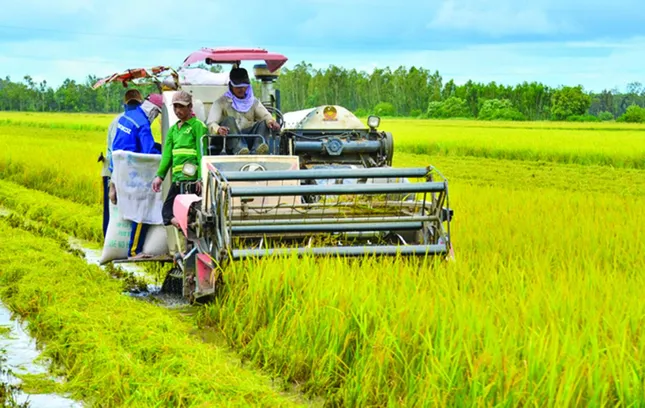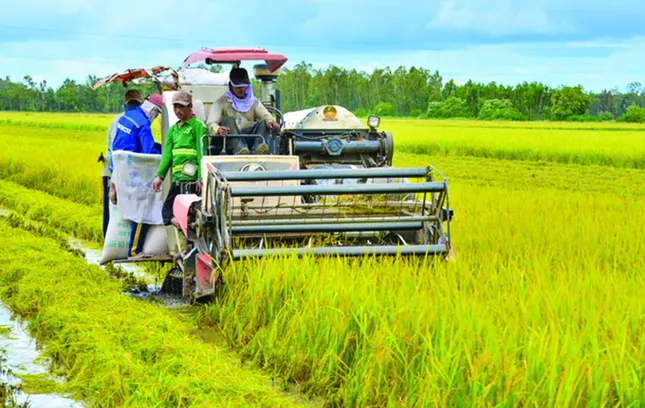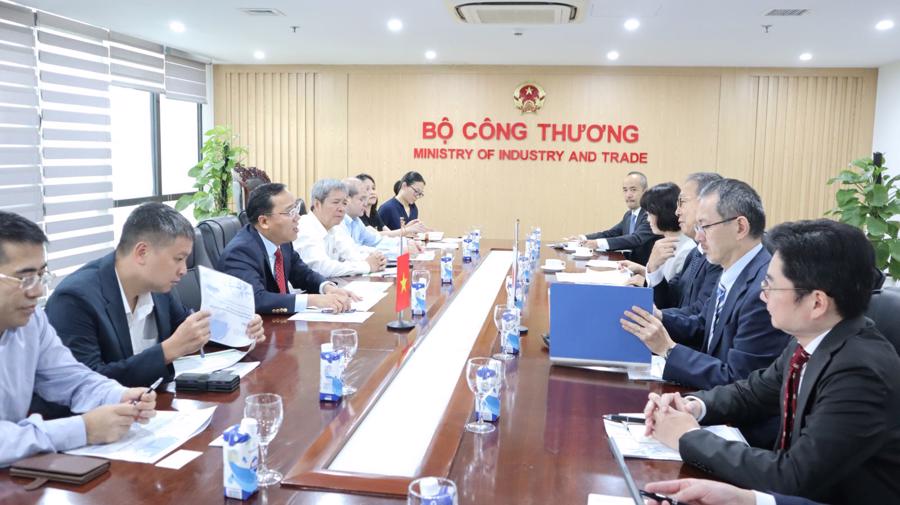Vietnam’s Minister of Agriculture and Rural Development, Du Do Duc, has announced a plan to boost exports of agricultural, forestry, and aquatic products in 2025, targeting a trade turnover of US$65 billion.
According to the Ministry, the global political, economic, and social landscape has been unpredictable this year, significantly impacting the agriculture industry. The slow global economic growth, coupled with the US’s recent changes in tariff policies, has created fluctuations in world economies, including Vietnam.
Despite these challenges, the industry has shown resilience. In the first half of the year, agricultural export turnover reached US$33.5 billion, a 14.3% increase compared to the same period in 2024. This includes US$18.3 billion from agricultural products, US$5 billion from aquatic products, and US$8.7 billion from forestry products. However, key exports like rice and fruit and vegetable products have witnessed a decline in turnover.
Looking ahead, the Ministry forecasts a possible export turnover of US$31.6 billion for the second half, indicating a 4.8% decrease compared to 2024. This projection assumes the US maintains its current level of retaliatory tariffs.
To achieve the ambitious target of US$65 billion in exports for the year, the Ministry has outlined a series of strategies. These include maintaining and stabilizing traditional markets while exploring new potential ones, taking advantage of tariff deferrals, addressing trade imbalances with the US, and seizing opportunities to boost exports.

Vietnam’s agriculture sector accelerates towards the US$65 billion goal. Source: IT
The Ministry plans to expand markets, diversify products, and leverage the benefits of 17 signed bilateral and multilateral free trade agreements (FTAs).
Additionally, the Ministry proposes that specialized agencies collaborate with local authorities in northern border areas to monitor and forecast goods circulation. This will help regulate vehicle flows and prevent congestion, ensuring smooth exports in the remaining months of the year.
The Ministry also emphasizes the need for decisive actions to sustain exports in traditional markets and introduce suitable product lines. It suggests adding exportable items to potential markets, especially for products with growth potential, such as coffee, cashew nuts, shrimp and fish, and specialty fruits.
To meet stringent requirements for product traceability and quality in key markets like the US, EU, and China, the Ministry will continue to support trade promotion and standardize processes for these high-growth products. Simultaneously, efforts will be made to tap into promising markets in the Middle East, ASEAN, and South America.
Local authorities are advised to proactively prepare standard raw material regions and establish planting area codes and packaging facilities to secure export supply. Businesses are encouraged to adapt to new market directions, focus on deep processing, and enhance value addition to remain competitive amid rising tariff rates and logistics costs.



![[Photo Essay]: Experts, Managers, and Businesses Unite to Forge a Path Towards Sustainable Green Industry](https://xe.today/wp-content/uploads/2025/07/z678592918-218x150.jpg)


![[Photo Essay]: Experts, Managers, and Businesses Unite to Forge a Path Towards Sustainable Green Industry](https://xe.today/wp-content/uploads/2025/07/z678592918-150x150.jpg)


![[Photo Essay]: Experts, Managers, and Businesses Unite to Forge a Path Towards Sustainable Green Industry](https://xe.today/wp-content/uploads/2025/07/z678592918-100x70.jpg)






